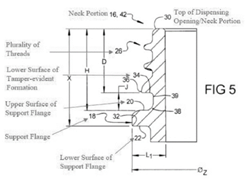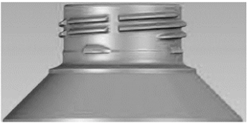Addressing a case where a patent owner filed hundreds of applications as part of a strategy to maintain extraordinarily lengthy patent coverage, the US Court of Appeals for the Federal Circuit affirmed a district court’s determination that the patent owner had engaged in a calculated and unreasonable scheme to delay patent issuance. Personalized Media Comms., LLC v. Apple Inc., Case No. 21-2275 (Fed. Cir. Jan. 7, 2023) (Reyna, Chen, JJ.) (Stark, J., dissenting).
The Uruguay Round Agreements Act and General Agreement on Tariff and Trade (GATT) amended the US patent term to 20 years from the effective filing date, instead of 17 years from the issue date. GATT took effect on June 8, 1995. In the months leading up to GATT’s enactment, some would-be patentees seeded patent applications with tremendous disclosures to anchor future applications and obtain the longer pre-GATT term. Practitioners referred to this time period as the GATT bubble. Personalized Media Communications (PMC) submitted 328 GATT bubble applications, from which PMC sought somewhere between 6,000 and 20,000 patent claims. The term of these patents would be 17 years from their issue date instead of 20 years from their priority date.
PMC asserted that Apple’s FairPlay digital rights management software infringed a patent covering a decryption method and won a jury verdict of $330 million. After the verdict, the district court held a bench trial and ultimately found that the patent was unenforceable because of prosecution laches, a doctrine that bars the assertion of patents where the patentee caused unreasonable delay in obtaining the patent, to the detriment of the accused infringer. PMC appealed.
The Federal Circuit affirmed. First, it examined whether the district court had properly concluded that PMC unreasonably delayed. Based on a wide swath of record evidence, all three panel members—Judges Reyna, Chen and Stark—agreed that, like the patentee in Hyatt v. Hirschfeld, PMC had engaged in an intentional scheme to delay patent issuance and extend its monopoly. PMC tried to distinguish its case from Hyatt by arguing that it had developed, with the US Patent & Trademark Office, a consolidation procedure to prioritize review of certain applications. The Court concluded that the structure of the agreement still unreasonably drew out resolution of PMC’s applications, however. The Court also approved of the district court’s reasoning based on the number of applications filed and the introduction of new (albeit narrowing) elements to the claims 16 years after the priority date.
Turning to prejudice, the Federal Circuit concluded that the district court did not act improperly in determining that the delay and improper conduct continued to harm Apple up through the filing of suit in 2015. The Court found that the patent had issued based on a pending claim that PMC did not disclose during PMC-Apple license negotiations and which PMC could quickly get granted and assert against Apple.
Judge Stark dissented, stating that he would conclude that the prejudice Apple faced did not happen during the period in which PMC unreasonably delayed issuance. Judge [...]
Continue Reading
read more


 Subscribe
Subscribe




